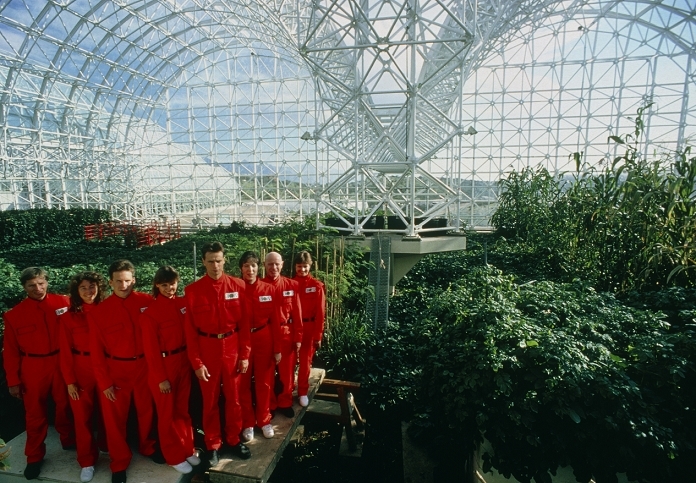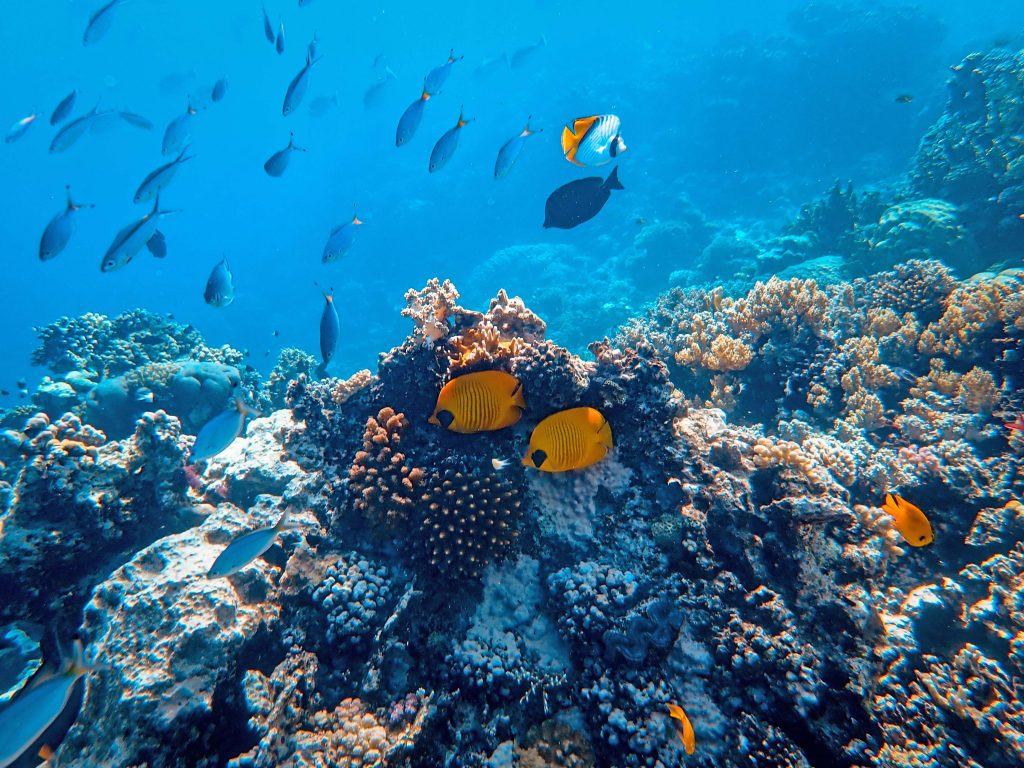What is Biosphere 2 and was it a failed experiment?
For centuries, humans have been manipulating the Earth’s environment to suit our needs, but what about recreating the Earth itself? In the late 1980s, a group of scientists did just that. A 3.14-acre research facility was constructed in the middle of the Arizona desert in an attempt to mimic Earth’s complex natural systems (The University of Arizona, 2020). This project involving an immense system of greenhouses is known as the Biosphere 2 Experiment. Missions relating to space travel were conducted in this facility, but they were deemed failures.
THE MISSION
In the 80s, discussions surrounding space travel was a hot topic in the scientific community. The Biosphere 2 project hoped to demonstrate the feasibility of extended stays in space by proving that humans could sustain themselves in an artificial environment (PBS, 2015). To do this, they recreated several of Earth’s ecological systems inside of a completely closed and self-sufficient facility (PBS, 2015). This was to be one of the most ambitious and complex Earth science experiment that was ever conceived.

In September of 1991, eight people were sealed in Biosphere 2 and would live inside for two years (Christopher Klein, 2020). All their food, water, and amenities had to be obtained from the habitats inside the biosphere (PBS, 2015). These seven ecosystems included a rainforest, an ocean, a swamp, grassland, a coastal fog desert, shrubland, and a model urban living unit with an attached agricultural section (The University of Arizona, 2020). The hype was short-lived when almost immediately, they began to encounter problems.
WHY IT FAILED
The first issue was the drastic decrease in oxygen levels. One year into the experiment, extra oxygen had to be supplied to the system, because there were concerns for the safety of the individuals (PBS, 2015) . This was disappointing because the introduction of outside air defeated the purpose of the closed system. Along with the oxygen loss, they experienced other problems, including extinction of fauna and flora as well as difficulty growing enough food (Christopher Klein ,2020). This contributed to morale problems, causing the group to split in two (Cole Mellino, 2015). Additional problems with the management and the lack of transparency arose, fueling the perception that Biosphere 2 was just for show and was not a serious scientific experiment. Together with the abrupt resignation of the project’s scientific advisory board, Biosphere 2 lost credibility and was condemned a failure (Cole Mellino, 2015).
LESSONS LEARNT
In March 1994, a second mission was attempted. It ended after just six months when the management issues caused the two biospherians to sabotage the project (PBS, 2015). Even though the initial aim of Biosphere 2 was deemed a failure, this mega-scaled experiment highlighted how little we truly understand about the Earth’s systems. John Adams, deputy director of Biosphere 2, saw these missions as experiences to learn from. “What they did learn, and in my opinion, the single most important lesson, was just how little we truly understand the Earth’s systems,” he said (Cole Mellino, 2015). The Earth’s systems are just too complex and interconnected to be able to recreate them completely.
HOW BIOSPHERE 2 IS USED TODAY
Now owned and operated by The University of Arizona, Biosphere 2’s new mission is to advance our understanding of the natural and man-made environment through experimentation (The University of Arizona, 2020). Although no further missions have been conducted, the seven ecosystems have been growing for over 20 years and researchers have been using the facility to conduct large scale Earth science experiments (Cole Mellino, 2015). This has given Biosphere 2 a new life and a new purpose.
Most scientific experiments are conducted on a small scale in laboratories and beakers. However, the only way to test the Earth’s system is to use the Earth itself, but it’s nearly impossible to control all the variables. Biosphere 2 gives an intermediate setup, where the responses to change of established biological communities can be monitored (PBS, 2015).
In response to the devastating impacts the climate crisis has on marine ecosystems, scientists at Biosphere 2 have commenced research into the resilience of coral reefs (The University of Arizona, 2020). Within the facility’s 2.6 million L ‘ocean’, physical and chemical factors being independently manipulated to mimic rising global temperatures and carbon dioxide levels predicted in the 22nd century (PBS, 2015). In addition to changing external parameters in the environment, they are also using methods, such as selective breeding, to increase the coral’s rate of survival (The University of Arizona, 2020).

These activities cannot be undertaken on a natural reef or in a small aquarium, but the scale and control of Biosphere 2’s ‘ocean’ enables scientists to study coral reef restoration and environmental stress that is unbound by existing ecological constraints (Cole Mellino, 2015). Hence, Biosphere 2’s ‘ocean’ is ideal for testing reef models, monitoring their responses to environmental changes, and ultimately, finding solutions to the coral reef crisis.
THE FUTURE OF BIOSPHERE 1: THE EARTH
We only have the Earth and we are dependent on its ecosystem services for our survival. Figuring out a way in which we can maintain both the quality and quantity of the resources necessary to sustain human life without damaging the environment is imperative. Projects, such as Biosphere 2, can allow us to explore and apply novel innovations to immediate environmental issues, such as the bleaching of the world’s coral reef ecosystems.
If you ever get the chance to visit Biosphere 2, you will have the opportunity to see science in action and have hands-on experiences with Earth-systems experiments. However, if you cannot, then you can join us at THRIVE in discussing and learning about some of the biggest scientific questions.























